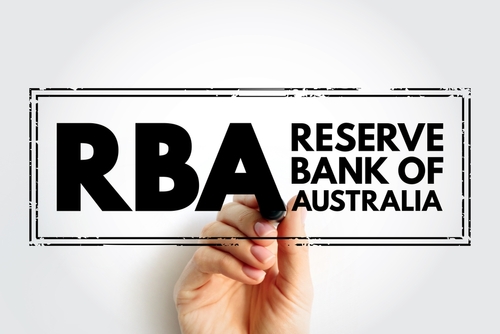The Reserve Bank of Australia is growing more confident it can conquer inflation in the time-window it has given itself.
Yet it’s still too early for it to consider interest rate cuts, with board members discussing another 25 basis point hike or leaving the key cash rate unchanged at 4.35 per cent at a meeting in February.
RBA board members decided to keep interest rates on hold in a move most analysts expected after December quarter inflation data came in weak.
In the minutes from the February meeting, board members flagged the improving outlook on consumer prices as a reason to keep interest rates on hold.
“The case to leave the cash rate target unchanged at this meeting centred on the observation that the risk of inflation not returning to the board’s target within a reasonable time frame had eased,” the minutes read.
The RBA forecast inflation falling back within the two-three per cent target range by 2025 and hitting the midpoint by 2026.
“The moderation in inflation over preceding months had been slightly larger than previously expected and global inflation outcomes had provided additional confidence that inflation in Australia would moderate further,” the minutes said.
Board members pointed out the labour market was easing faster than anticipated.
Commonwealth Bank head of Australian economics Gareth Aird said leaving the cash rate unchanged in February was a straight forward call.
He was unsurprised another rate hike was discussed given the RBA had not yet ruled out more tightening.
“It is also important to note that the board did not consider the case to cut,” Mr Aird said, with members clearly keen to keep the focus on inflation.
The minutes also highlighted risks to the RBA’s plan to tackle price pressures without slowing the economy too much.
Inflation that stays stubbornly high, a failure to revive productivity growth as expected, and a deeper consumption slowdown than forecast were all live possibilities keeping the RBA on guard.
Board members said the consumer remained a key source of uncertainty, with risks to both the upside and downside.
Consumer confidence surveys have been detecting more optimism than last year but levels remain below normal.
The weekly gauge from ANZ and Roy Morgan suggested consumers were feeling more upbeat about their financial situations but more worried about the economy.
ANZ senior economist Adelaide Timbrell said the gloomier view on the economy probably reflected the uptick in unemployment last week to a two-year high.
A separate survey of human resources professionals found 22 per cent of organisations were planning redundancies in the March quarter.
While a significant number, it was down from the 31 per cent recorded in the Australian HR Institute survey in the December quarter.
Institute chief executive Sarah McCann-Bartlett said the easing labour market was yet to translate into a faster rate of job cuts.
She said 70 per cent of 600 employers who responded were pursuing alternatives to cutting headcount, such as raising prices, freezing hiring and ditching bonuses.
“We suspect that employers are pausing redundancies, potentially to assess forward economic conditions because we are seeing some changes in the economy,” she said.
Poppy Johnston
(Australian Associated Press)





